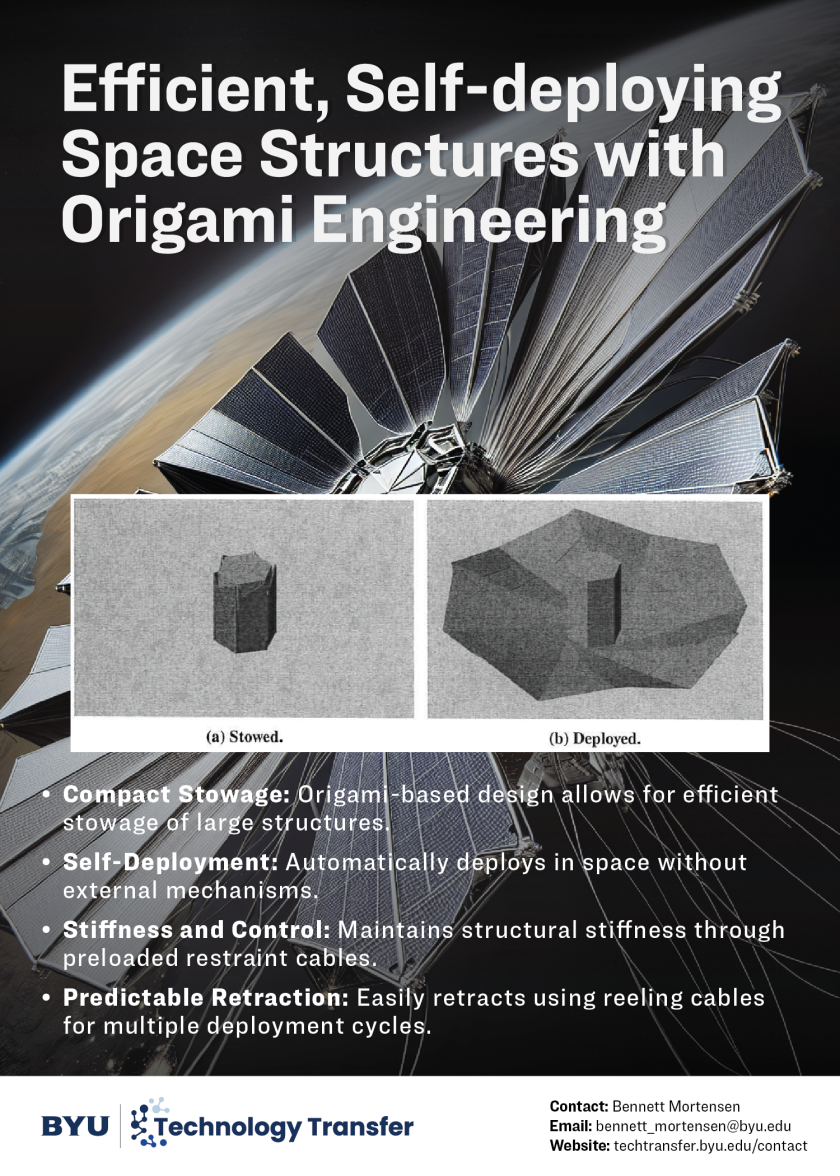ID: 2018-031 Self-Deployable Self-Stiffening and Retractable Space Structure (SDSR) Mechanism

Reach out to us directly to learn more about this technology - Phone: (801) 422-6266

Reach out to us directly to learn more about this technology - Phone: (801) 422-6266